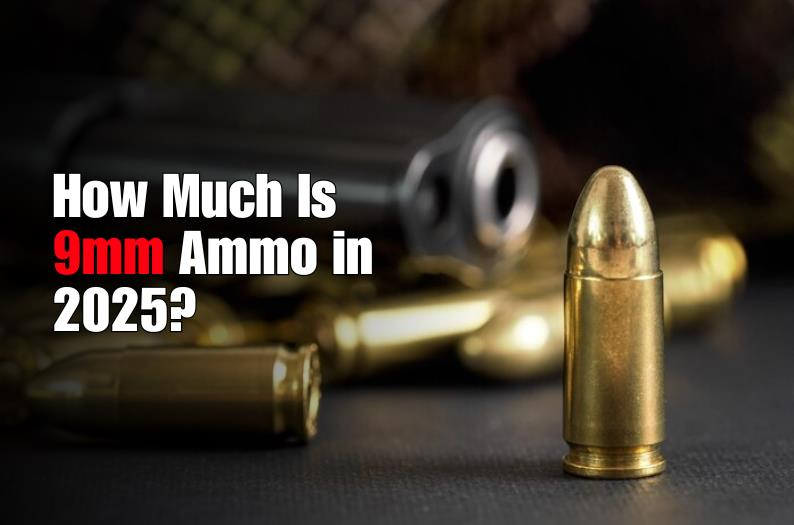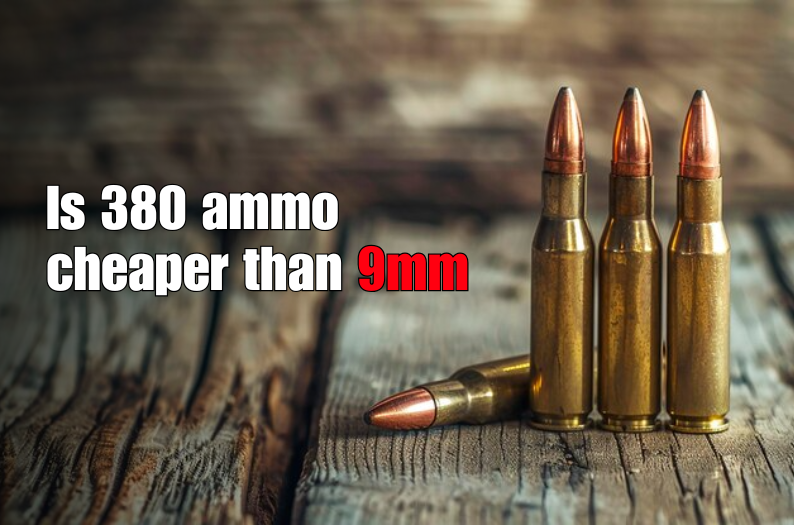When it comes to using firearms, choosing the right ammunition (ammo) is crucial. Whether you're a hunter, a sport shooter, or someone interested in self-defense, finding ammo for sale that suits your needs is essential. The right ammo can make all the difference in terms of performance, accuracy, and safety. With so many options available, it can be overwhelming to know where to start. This step-by-step guide will help you understand the basics of ammo selection and ensure you choose the right ammunition for your needs.
Understanding Ammunition Basics
Before diving into the selection process, it's important to understand what ammunition is and how it works. Ammunition consists of four main components:
- Bullet: The actual projectile that is fired from the gun.
- Case: The shell that contains all the components together.
- Powder: The propellant inside the case that burns to create the force needed to propel the bullet.
- Primer: The ignition source that starts the chemical reaction to fire the bullet when struck by the firing pin.
Each firearm is designed to use specific types of ammunition. Using the wrong ammo can lead to serious safety issues, so it is vital to choose the correct one for your firearm.
Step 1: Know Your Firearm
The first and most important step in selecting ammunition is knowing your firearm. Different guns require different types of ammunition, and using the wrong one can cause misfires, jams, or even damage the firearm.
- Caliber: Caliber refers to the diameter of the barrel and the bullet it fires. For example, a 9mm handgun requires 9mm ammunition. You’ll usually find the caliber printed on the barrel or slide of the gun.
- Chambering: Some firearms are capable of handling multiple calibers, but always double-check your gun's specifications to confirm. This information can usually be found in the owner's manual.
Never assume that different calibers or types of ammo are interchangeable. Always ensure you use the correct ammo to avoid risks.
Step 2: Define the Purpose of Your Ammo
What you plan to do with your firearm plays a major role in determining which ammunition is best suited for your needs. Here's a breakdown of common uses and the types of ammo that are typically best for each:
- Self-Defense: For self-defense, you want ammunition that provides stopping power and is effective in close-range situations. Hollow-point bullets are popular in self-defense scenarios because they expand upon impact, increasing their stopping power and reducing the risk of over-penetration.
- Hunting: The type of game you are hunting will determine the best ammo choice.
- For small game like rabbits or squirrels, you might use smaller calibers like .22 LR (Long Rifle).
- For larger game like deer, you may need more powerful rounds like .308 Winchester or .30-06 Springfield.
- Target Shooting: If you’re practicing or participating in competitive shooting, you need reliable and cost-effective ammo that provides accuracy. Full Metal Jacket (FMJ) bullets are common for target shooting because they are inexpensive and don’t expand upon impact, making them ideal for practice.
- Home Defense: Similar to self-defense, home defense ammunition often includes hollow-point bullets that provide quick stopping power. However, for home defense, you should also consider the layout of your house to minimize the risk of bullets traveling through walls or hitting unintended targets.
Step 3: Consider Different Bullet Types
There are several different types of bullets, each offering unique features for specific uses. Understanding the differences can help you make an informed choice:
- Full Metal Jacket (FMJ): This is the most common type of bullet used for target practice. FMJ bullets are inexpensive and retain their shape as they pass through the barrel. They are not ideal for self-defense since they don’t expand or create much stopping power.
- Hollow Point (HP): These bullets are designed to expand on impact, making them effective for self-defense and hunting. They cause more damage to the target by expanding, which increases their stopping power and reduces the chance of over-penetration.
- Soft Point (SP): Soft-point bullets are similar to hollow points in that they expand on impact. However, they are generally designed for larger game hunting due to their deeper penetration capabilities.
- Ballistic Tip: These bullets have a plastic tip that enhances accuracy and performance. They are popular in hunting and long-range shooting due to their high velocity and precision.
- Wadcutter: Wadcutter bullets have a flat nose and are used in target shooting. Their design creates clean, crisp holes in paper targets, making them ideal for competitive shooting.
Step 4: Follow Local Laws and Regulations
Before purchasing ammunition, it's crucial to be aware of the laws in your area. Different states or countries may have specific regulations on the types of ammo you can buy. Some areas prohibit armor-piercing rounds or have restrictions on certain calibers or bullet types. Always check local laws to ensure you're in compliance.
Step 5: Evaluate Your Budget
Ammo comes in a wide range of prices, and it’s important to strike a balance between cost and quality. While it’s tempting to buy cheap ammunition, low-cost rounds may not always provide the best performance. Here are some general tips for managing your budget:
- For Target Practice: Choose affordable ammo like FMJs for practice sessions. Bulk buying can help reduce costs over time.
- For Hunting or Self-Defense: Invest in higher-quality ammo, especially if your goal is to ensure reliability and performance in real-life situations. Good ammo for hunting and self-defense often costs more, but it’s a wise investment in safety and success.
Step 6: Test Ammo for Performance
After choosing your ammunition, take it to the range and test it with your firearm. This step is crucial because it allows you to see how well the ammo performs in real-world conditions. Pay attention to the following factors:
- Accuracy: Is the ammo consistent in hitting your target?
- Recoil: Does the recoil feel comfortable, or is it difficult to control?
- Reliability: Does the ammo fire consistently without jams or misfires?
Testing your ammo will help you determine if it is suitable for your needs and if your firearm performs well with it.
Step 7: Proper Storage of Ammo
Once you’ve purchased your ammo, storing it correctly is vital to ensure it remains safe and functional. Ammo should be stored in a cool, dry place, away from heat and humidity. Using an ammo box or safe can help protect it from moisture and physical damage. Never store ammunition in areas exposed to extreme temperatures, as this can compromise its quality.
Common Mistakes to Avoid
When selecting ammunition, there are some common pitfalls to be aware of:
- Using the Wrong Caliber: Always double-check the caliber and ensure it matches your firearm.
- Overlooking Practice: While selecting the best ammo is important, you must also practice regularly to improve your skills.
- Choosing Based Only on Price: While price is a factor, don’t compromise on quality when it comes to ammunition, especially for self-defense or hunting.
Conclusion
Selecting the right ammunition for your firearm can seem like a daunting task, but with the right approach, you can make an informed decision that suits your needs. By understanding your firearm, knowing your purpose, testing different types of ammo, and adhering to safety practices, you’ll be able to find ammunition that ensures accuracy, reliability, and safety. Whether you're hitting the range, heading out for a hunt, or preparing for home defense, choosing the right ammo is an essential step toward using your firearm effectively.










